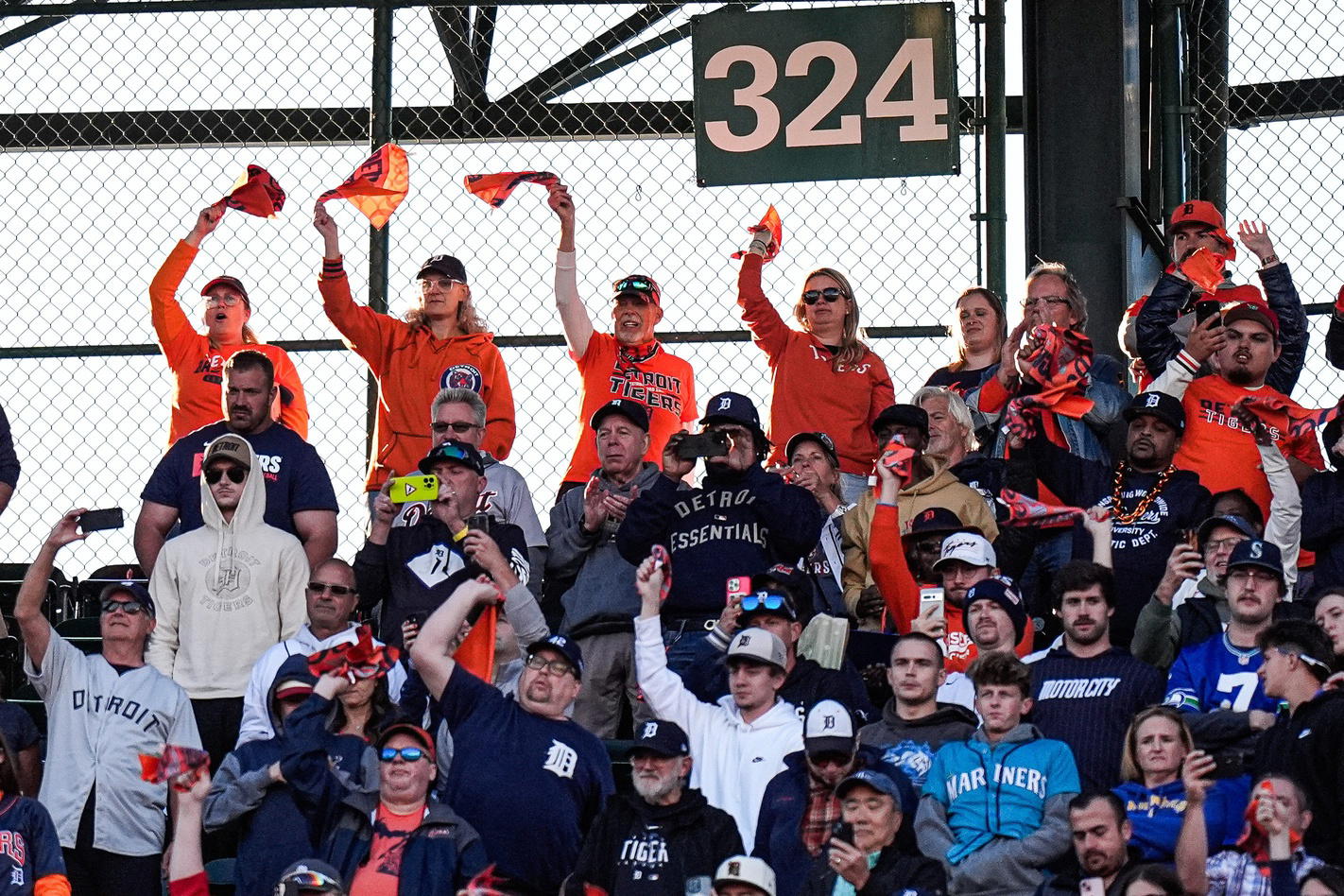
Mark your calendars! Crucial dates reveal when the Tigers will reshape their roster, targeting key acquisitions and potential free agent moves for 2026.
The Tigers are eyeing the upcoming offseason as a critical window to rebuild, retool and position themselves for the 2026 campaign. This isn’t just downtime, it’s when teams make key moves, set the stage for next season and give fans hope for what’s next. Below are the must-know dates for the 2025-26 MLB offseason, with context for how they matter to Detroit.
Key Offseason Dates
Day After the World Series Ends: Free Agency Begins
November 2nd
Eligible players officially become free agents the morning after the final out of the World Series. However, teams have a brief five-day “quiet period” before those players can sign with new clubs.
For the Tigers: This is when roster-shaping really begins: players the Tigers hope to retain or those they target from other clubs officially hit the market.
November 6 (Approximately) – Free Agents Can Sign With Any Club
After the five-day exclusive window, free agents are free to sign with any team.
For Detroit: If a player declines a qualifying offer or the Tigers choose not to tender one, this is when competitors may swoop in. Silver Slugger awards will be announced on November 7, so Riley Greene and Zach McKinstry could walk away with an award.
November 10-13: GM meetings in Las Vegas
November 18: This is where potentially we could see some Gleyber Torres news. This is the deadline for players to accept the qualifying offer. As MLB Trade Rumors explained in mid-October, essentially this is how it breaks down.
If a team loses a qualified free agent who turns down a qualifying offer and then signs elsewhere for more than $50 million in guaranteed money, that team receives a compensatory draft pick after the first round of the following year’s MLB Draft.
For example, in 2025, the Baltimore Orioles were awarded the 30th and 31st overall picks after Corbin Burnes and Anthony Santander each signed contracts exceeding $50 million with new clubs.
However, if that qualified free agent signs for less than $50 million, the compensatory pick instead falls between Competitive Balance Round B and the start of the third round — typically in the 70th to 75th overall range. Torres, who just had sports hernia surgery, may put the Tigers in the Round B category, if he goes elsewhere, if he signs less than $50 million.
November 21, 2025 – Non-Tender Deadline
Teams must by this date offer contracts to arbitration-eligible players (i.e., “tender” them). If a team declines, the player becomes a free agent.
For the Tigers: Keep an eye on which Tiger-eligible players get tendered or not as non-tenders often lead to surprise value signings.
December 7-10: Winter Meetings in Orlando, Florida.
Here's where things about Skubal may get the loudest…or nothing at all.
December 9:
The Amateur draft lottery. The Tigers should be picking in the mid 20s again, but this is where the exact draft order will be announced.
December 10:
The Rule 5 draft takes place on the final day of the winter meetings. This used to be a day to look out for the Tigers, but unless they have someone they have in mind already, the Tigers could pass.
January 15, 2026 – International Amateur Signing Period Opens
Clubs can begin signing amateur international players (subject to rules) on this date.
For Detroit’s farm system: This is a key date for the Tigers’ scouting crew to lock in future talent and build the next wave of prospects.
February 20, 2026: Mandatory Spring Training Report Date
February 11 is the voluntary report date for pitchers and catchers, and February 15 is the voluntary report date for everyone else.
March 26, 2026 – Opening Day for the 2026 Season
The full slate of teams begins play on this date and hopefully, there are a few new faces on the Tigers roster that can put them over the playoff hump.
There will be a series of articles on potential free agent targets. While some may be household names, depending on the route Scott Harris takes with Tarik Skubal this offseason, there will be a few that could be prospect based.
Follow me on "X" @rogcastbaseball.

